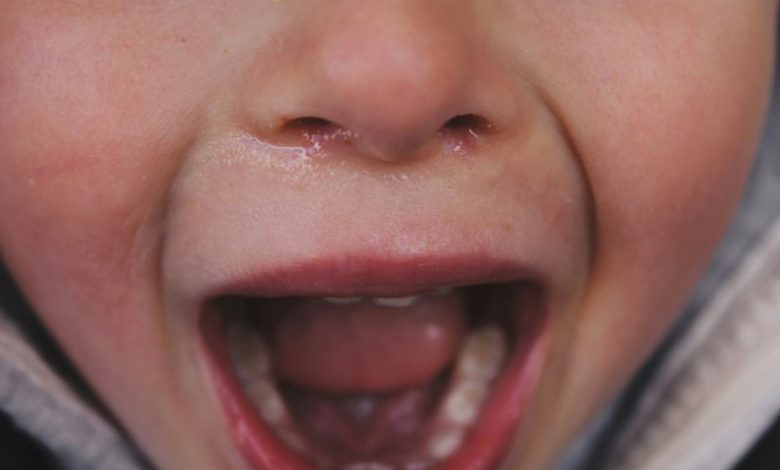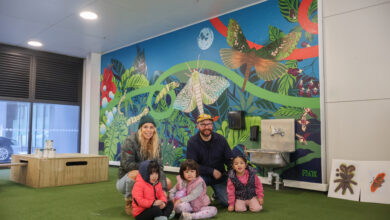Increased teacher stress = decreased co-regulation
Are stressed teachers contributing to the dysregulation we see in classrooms? Rebecca Thomas asks in her latest op-ed.

In this op-ed, educator Rebecca Thomas asks if dysregulated classrooms might be a product of teacher stress.
It’s easy to look at the rising dysregulation in classrooms and wonder:
- Are these “COVID kids”? Is something fundamentally different about this cohort?
Or
- Are we seeing the impact of structured spaces that no longer flex?
Perhaps the more confronting answer is: it’s both.
Then there’s the third element we’re not talking about nearly enough: Increased teacher stress.
Not the kind that a day off or a few deep breaths can fix. But the kind that builds day after day, term after term. The kind that comes from trying to meet expectations in classrooms where children are coming in hot, raw, and already on the edge.
Structured literacy.
Structured maths.
Structured assessments.
Structured progressions.
Teachers are not resisting structure because they don’t value learning. They are resisting the rigidity that leaves no room to breathe, no space to adapt, no time to connect.
At the core of all this lies a simple, urgent truth:
Regulation in the classroom depends on the adult.
Co-regulation is not a technique; it’s a nervous system state. It’s not about doing calm—it’s about being calm. A stressed teacher, no matter how experienced or well-intentioned, has less capacity to lend their calm. When our own tanks are empty, we stop seeing the cues behind the chaos. We move to control, not connect. And when we move to control, children move to protect.
We are watching a feedback loop unfold:
Increased expectations lead to teacher stress.
Teacher stress reduces capacity for co-regulation.
Reduced co-regulation increases student dysregulation.
Student dysregulation disrupts learning.
Disrupted learning increases pressure.
And caught in that loop, we stop seeing behaviour as a signal. We miss the cues as unmet needs or unsolved problems. Instead of leaning in with curiosity, we react with control. And the cycle tightens further.
Round and round it goes.
Every week, teachers share the same things:
“I don’t have time to think anymore. It’s like I’m just reacting all day.”
“I know what this kid needs. I can see it. But I’ve got 28 others and a timetable that doesn’t stop.”
“I feel like I’m constantly choosing—do I meet the emotional needs in front of me or keep up with the structured programme I’ll be questioned about?”
“I’m implementing approaches I’ve had zero training in. I’m scared I’m getting it wrong, but I don’t even have time to reflect on what right looks like.”
These aren’t isolated stories.
This is the emotional climate of our classrooms.
“I’m an educator, not a therapist.”









